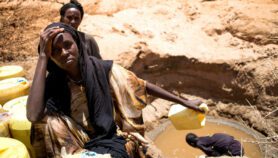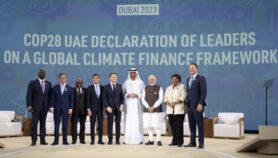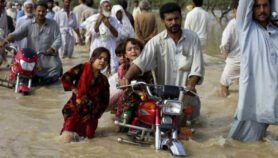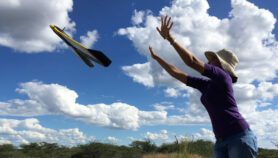By: Monique Salomon
Send to a friend
The details you provide on this page will not be used to send unsolicited email, and will not be sold to a 3rd party. See privacy policy.
South Africa must build bottom-up needs-based policies for communal livestock grazing, says agricultural researcher Monique Salomon.
‘Nothing about us without us!’ It’s a popular slogan in development work and one that agricultural policymakers should embrace to ensure their decisions address rural communities’ needs. Recent experience with communal cattle keeping in South Africa is again providing valuable lessons on why and how to build needs-based policies from the bottom up.
In South Africa, many government staff and scientists view livestock keeping as a purely economic venture, to be improved through technical management interventions. And they often assume that areas under communal land tenure will be suffering high soil erosion, caused by overstocking and overgrazing.
As a result, most rangeland policies promote rotational grazing, using fenced-off camps for communal cattle keepers. The aim is to improve or remedy the mix of plants growing in the grassland through rest, and to control animal distribution and grazing pressure.
Rejecting received wisdom
So why did cattle keepers in Okhombe, a rural village in the uKhahlamba-Drakensberg Mountains in South Africa, reject this solution within six months of its launch?
I’m part of an interdisciplinary team, comprising researchers from the University of KwaZulu-Natal and seven community members, who are finding out.
Together, we have spent the past two years jointly deciding on research questions, doing the field work, analysing data, and then discussing our findings with the wider community and other stakeholders.
So far, our findings do not confirm the dominant government view of communal cattle rearing. Rather, they suggest levels of erosion have changed little in the past 65 years. Instead of overgrazing and overstocking, it is variable rainfall and drought, soil types and topography, and also colonial and Apartheid policies, that have driven landscape changes.
The arrival of European settlers in the 1800s, the proclamation of nature reserves in the early 1900s, a programme to settle people in villages in the 1960s, and the construction of a large dam in the 1970s have all helped concentrate more people on less land and to restrict livestock mobility in the Okhombe region.
Broader picture
Our results resonate with work by other rangeland experts. David Briske and colleagues from the Texas A&M University in the United States, for example, have analysed 60 years worth of research experiments and conclude that a wide range of variables affect rangeland management. No one grazing strategy — continuous or rotational grazing — stood out in terms of ecological performance.
Animal husbandry and mobile pastoralism are certainly important to rural livelihoods. Livestock generate multiple goods and services, from meat and dairy products to fibre, fertiliser, labour and capital. When traditionally reared, livestock can also drive the sustainable management of arid lands — trampling and grazing can stimulate vegetation growth and species diversity, and improve soil structure.
And the many practical, cultural and spiritual functions of livestock, particularly cattle, connect people and enhance social cohesion. Cattle may plough your neighbour’s fields, become bridewealth, or be offered to appease the ancestors.
Shift in emphasis
There is some evidence that South Africa’s policymakers are starting to listen to us. They have, for example, revised the Draft Range and Forage Policy for South Africa to shift the emphasis from "monitoring and control" to "a culture of sustainable management".
But they have not yet incorporated cattle keepers’ voices into their decision-making. So their policies remain blind to the well-researched and well-documented fact that communal cattle keeping is essentially a social practice that varies across individual households, according to the resources and opportunities available to people, and their dreams and goals.
Cattle keeping households differ in who looks after the herd, the size of the herd, what they feed their animals, how they manage health and disease, and how they select areas for grazing. In the Okhombe village, stock theft is common. So most households keep their herds close to the homestead and will not move cattle to better grazing lands for fear of having them stolen.
This largely explains why the communal rotational grazing camp system failed in Okhombe. But it also illustrates how social aspects deeply affect communal rangeland management. And it highlights the need to replace purely technical solutions with broader, locally-relevant strategies built from the bottom up.
Practical outcomes
One output of our research is a DVD, produced by livestock keepers, about stock theft in the village. It shows the different ways people safeguard their cattle, for example by keeping herds close and watching them from the homestead, or by using herders who stay with the cattle overnight. We use the DVD to brainstorm ideas for action and to advocate community-grown solutions.
And we are now bringing together livestock keepers, development workers, researchers, government extension workers, and policymakers to discuss and consolidate key issues emerging from research on communal rangelands across South Africa, and to propose these for incorporation into the Draft Range and Forage Policy.
In this way, we hope to finally put livestock keepers first, and ensure that national priorities and policies are aligned with their needs.
Monique Salomon is a researcher at the Centre for Environment, Agriculture and Development at the University of KwaZulu-Natal in South Africa.













